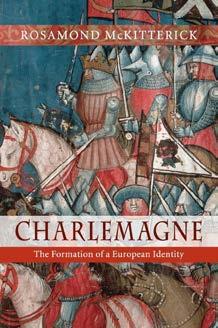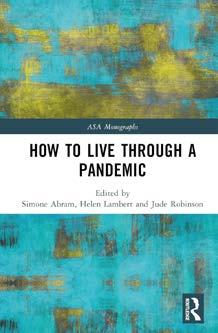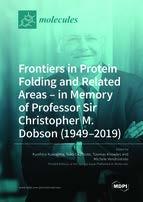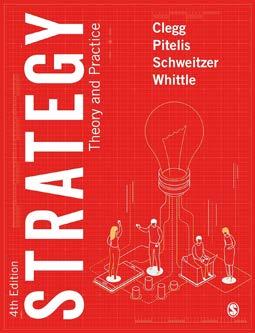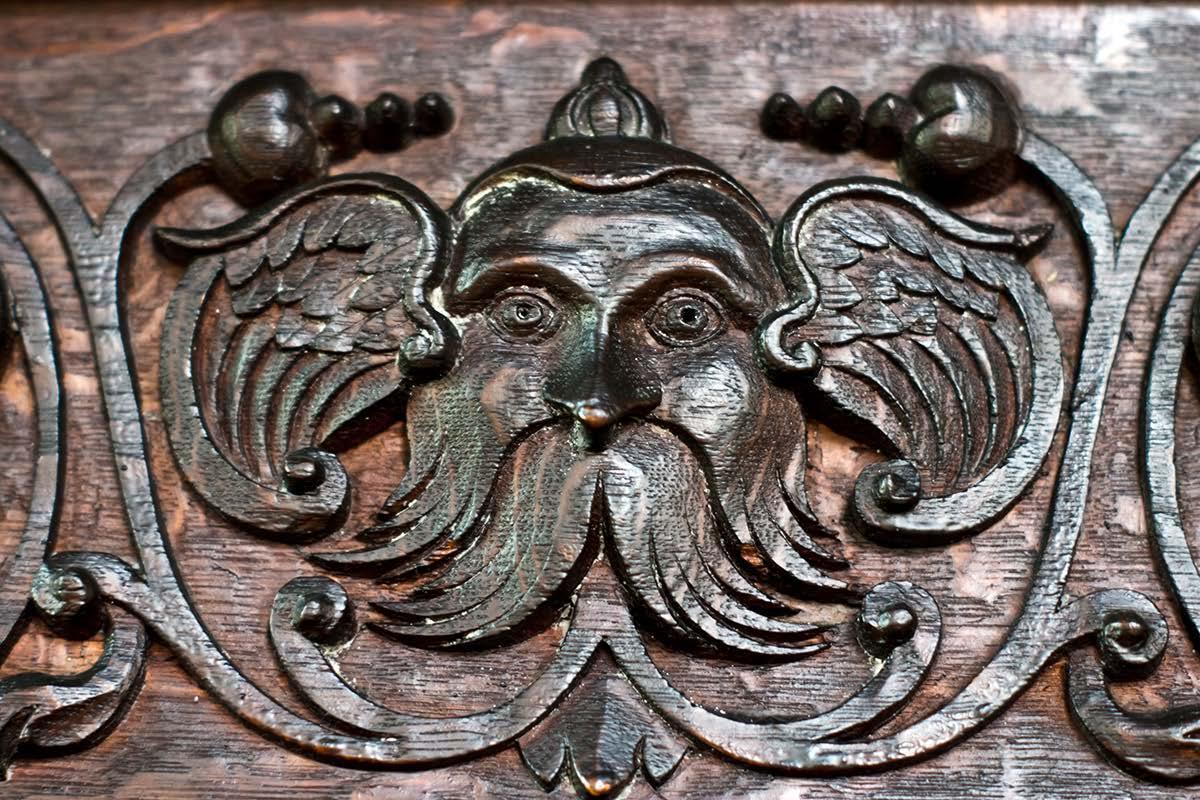

The Old Library 1624–2024: a celebration of 400 years
Pretend for a moment that a library is simply a building with a stated purpose, and you’ll be able to agree, without quibbles, that the Old Library of St John’s is four hundred years old this year.
We’re embracing the idea, with an exhibition marking four centuries of a building that wasn’t considered ‘old’ for quite a stretch of its history. In 1624, it was brand new. But the Library’s interior, with those beautiful oak bookcases, wasn’t considered complete till 1628. Books poured in by way of donation and bequest for many a decade, necessitating the 18th-century raising of the cases to create more shelf space (by which point the shelf lists were no longer being updated, because who had the energy?). Volumes of theology and medicine and lexicography and history moved around the room, their classmarks repeatedly altered, as the librarians sought to maximise the number of books that could be accommodated. And there was the Victorian expansion from the Upper Library into the Lower, and the 1994 opening of the new (is it still new?) Working Library.
Appropriate, then, that the physical exhibition, offering many images pertaining to the Library’s history as well as a selection of beautiful volumes from the shelves, is sited in the Exhibition Area, at the hinge, as it were, between the Working and the Old. Architecturally and functionally, the two are really one, branching off and supporting each other rather than proceeding in parallel. A line hasn’t been drawn under the Library yet, and that’s as it should be.
But the exhibition does draw a line of sorts under Sub-Librarian and Special Collections Librarian Kathryn McKee, who left in December for a new post in Sheffield. Kathryn worked in the Library for a larger portion of the last four hundred years than she’d likely care to see specified; we’re grateful that she found time, during an especially hectic Michaelmas term, to put together the exhibition as only she could.
The sort of person who willingly reads this far in a library newsletter article about an exhibition about a library doesn’t need to be told this, but as well as a quantity of books and somewhere to keep them, a library is the people who catalogue, conserve and curate it, along with those who consult the material and propagate their findings. Even if the names of most of these people mostly go unremembered, their importance – their knowledge and patience and cooperation – mustn’t be. It’s thanks to such contributors that the place feels less four hundred years old than four hundred years alive; still going, and still growing.
The quatercentenary celebration can be viewed in the Library Exhibition Area, 9.00–17.00, Monday to Friday (excluding bank holidays) until 19 April 2024; an online version is available at https://www.joh.cam.ac.uk/quatercentenary-old-library.
Header image: Detail from an Old Library bookcase designed by Henry Man. Photograph by Paul Everest.
Users’ views on the Working Library

As part of the Library’s commitment to providing College members with the best possible service, the quadrennial Working Library User Survey was conducted during Lent Term 2024. The survey was sent out to 1,085 College members (students, Fellows and teaching staff), of whom 394 (36%) responded.
The survey was designed and analysed using Qualtrics, and gathered data according to the following categories: patterns of usage; users’ reading preferences and accessibility needs; levels of satisfaction with Library collections; degree of satisfaction with the Library as a work space; environment and services; and how the Library could be improved.
Responses revealed that the Library continues to be a core resource that is heavily used. Nearly half of respondents use the Working Library either daily or a few times per week. More than threequarters (86%) of respondents primarily use the Library as a study
space; furthermore, 46% of respondents said they increasingly plan to use the Working Library as a space to work. A consequence of this high demand leads to more than half of respondents (61%) claiming that they sometimes experience difficulty in finding a work space
Another key finding relates to respondents’ use of the collections. The number of ebooks made available to University members is rapidly increasing, especially post Covid, and respondents were asked about their preferences with regard to physical and ebooks Nearly half of respondents still prefer print books over ebooks or only read an ebook if no print copy is available. More than twothirds of respondents rate the Library’s book collection as either ‘excellent’ or ‘adequate’, and 73% stated that they come to the Library to access physical books While print is still the preferred format for books, this is not the case for journals. An incredible 94% of respondents do not use printed copies of journals.
Regarding the current provision of equipment and facilities, respondents were most satisfied with individual desk space (72%), followed by the book issue/return machine (71%) and wireless facilities (70%). Respondents expressed high levels of satisfaction with the Working Library as a work environment and with the quality of services offered by Working Library staff. The Library’s departmental aim is ‘to provide a modern, efficient and welcoming Library service for all members of the College’. It is reassuring to know that nearly all respondents (97%) thought the Library meets its departmental aim either ‘fully’ or ‘mostly’.
At the end of the survey are free text opportunities for suggestions and comments to improve the Working Library. Selected comments include ‘more monitors’; ‘issues with printers and photocopiers’; ‘longer tech support hours from the IT helpdesk’; ‘temperature could be warmer’; ‘a greater variety of chairs for comfort’; ‘a collaborative working space’; ‘study cubicles for one person’; ‘more study spaces where groups can work together’. Seven per cent of respondents identified as having accessibility issues and offered specific suggestions for how the Library might better accommodate their needs, such as providing a ‘scanner which can scan ORC text’, ‘ergonomic desk/chair options’ and ‘more standing desks’
We would like to thank everyone who participated in the survey. The findings help to identify areas for attention and improvement. An action plan to deal with each of the issues will be now drawn up and – where feasible – followed through shortly.
Janet Chow, Academic Services LibrarianConservators on a roll
Throughout the year, the team at the Cambridge Colleges’ Conservation Consortium does phenomenal work conserving material it receives from its members, of which St John’s is one. On completion of a project, the conservators prepare a report for the College detailing the treatment and where necessary provide handling notes.
One of several manuscripts treated by the Consortium for St John’s in recent months is a manorial court roll of Ramerick manor in Hertfordshire, recording proceedings of the manor court between 1552 and 1618. It is actually not one roll but ten separate documents which at some point were layered and rolled together, but as this arrangement forms part of their history they will not now be separated and stored individually. The manor was part of John Fisher’s own estates and was granted by him to the College in 1524. The earliest Ramerick court roll in the Archives dates to 1519, but other documents about the manor date much further back, to the grant by Gerard Braybrooke to Sir John Picot of Ramerick manor in 1335. The lord of a manor exercised jurisdiction over his tenants through the manor court, both to preserve his own rights and to regulate relations between tenants. Jurors were sworn in, excuses made for non-attendance, tenants’ deaths and changes of tenancy recorded (and a payment made to the lord accordingly), disputes settled and pleas heard. They are a valuable source for local and family historians, and The National Archives now hosts the Manorial Documents Register, the official index to English and
Welsh manorial records, including those held by St John’s (https://discovery.nationalarchives.gov.uk/manor-search)
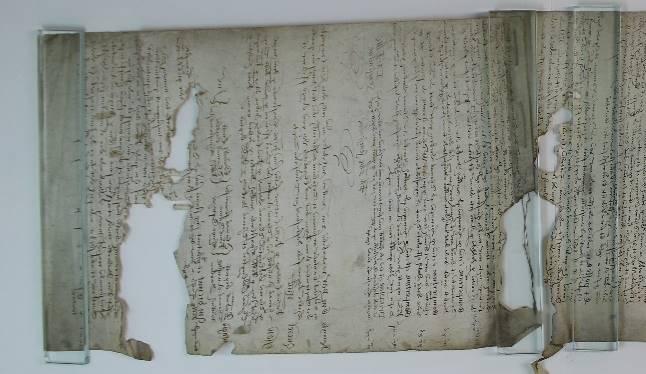
The roll before treatment
The sheets comprising this roll had suffered different types of damage, including rodent damage, iron gall ink burn-through, folds and tears, as well as surface dirt. They were also very difficult for researchers to handle without exacerbating existing damage. Conservators cleaned, flattened and stabilised the parchment and created new housing to make the documents easier and safer to consult while retaining the rolled format which is an integral part of the manuscript’s identity. This roll was the first to be treated due to its condition, but other similar manorial court rolls will also be treated as part of the College’s ongoing commitment to conserving the manuscripts in its care.

Meet the new Library Assistant
I joined the Library at the beginning of November 2023, having previously worked at the University of Warwick Library. I became very interested in working within a collegiate library environment to increase my range of skills and responsibilities and to engage more directly with library users.
As a BA Film and Television Studies graduate, I was also drawn to the fun of managing and promoting the Library’s very own AV room, which I (with the help of the fantastic Library team) will continue to develop and promote with new releases, themed displays and

special picks. During my degree, I particularly enjoyed studying animated film, transnational media, and literary adaptation – interests that I hope will positively influence the diversity of our growing collection.
A few of my other interests include consuming as many books, films and TV as I can get my hands on, as well as swimming, crafting, and bopping to 70s and 80s music. I’m excited to continue my Library journey!
The conserved roll and new storage method Lynsey Darby, Archivist Alex Lawless, Library Assistant‘To make much of time’: calendars, chronicles, coyness and clocks
The Johnian poet Robert Herrick (1613), who died 350 years ago this year, is probably best known to most for his poem ‘To the Virgins, to Make Much of Time’, and its opening exhortation: ‘Gather ye rosebuds while ye may’ At least, it’s popularly quoted as an exhortation, but given the context of the poem (‘Gather ye rosebuds while ye may, | Old Time is still a-flying’), it may well be, depending upon how you interpret that comma, that Herrick was writing against, not for, the gathering of rosebuds. ‘Then be not coy, but use your time’: gathering literal or figurative rosebuds is surely not the best use of the precious and finite time available to us.
A fine use of time, on the other hand, is the curating, hosting and indeed attending of public exhibitions, and so it comes to pass that the Old Library is running a Cambridge Festival event on 23 March on the subject of time. Across a selection of medieval manuscripts, rare printed books, and personal papers and artefacts, we will feature calendars, chronicles and clocks, as the title of the exhibition implies (we’re not being coy in that respect). And there will be time – or is it space? – for student diaries, the cosmos, and as much about Robert Herrick and commas as the Special Collections Assistant reckons he can get away with, which is to say, not very much.
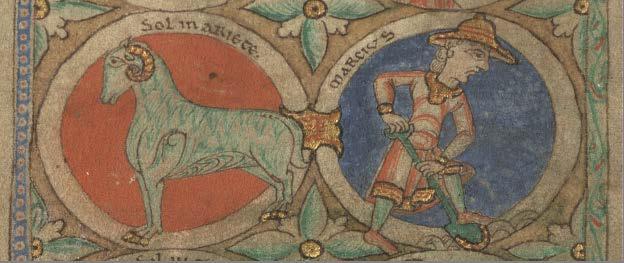
By way of Douglas Adams (1971) the exhibition will also give a nod to time travel, as represented by his Doctor Who work and the most Johnian of his novels, Dirk Gently’s Holistic Detective Agency (set in part in the somewhat familiar St Cedd’s College, Cambridge). Planning for the exhibition as a whole has involved minor time travel of a sort: we exhibited on a less Herricky version of this subject back in 2009, and this fact has prompted a trawl through that year’s captions to see what was included, and to determine what might be done differently. We don’t expect many complaints about either tedious repetition or gratuitous novelty from people who attended fifteen years ago, but it makes sense to honour past successes while also putting effort into innovation, not least with respect to an exhibition concerned with how the past, present and future impose patterns on one another.
It of course makes rather less sense to some of us that 2009 was fifteen years ago. Perhaps the exhibition will care to explain
The Upper Library will be open to the public 10.00–16.00 on Saturday 23 March; an online version of the exhibition will follow.
Recent additions to the Working Library collections
